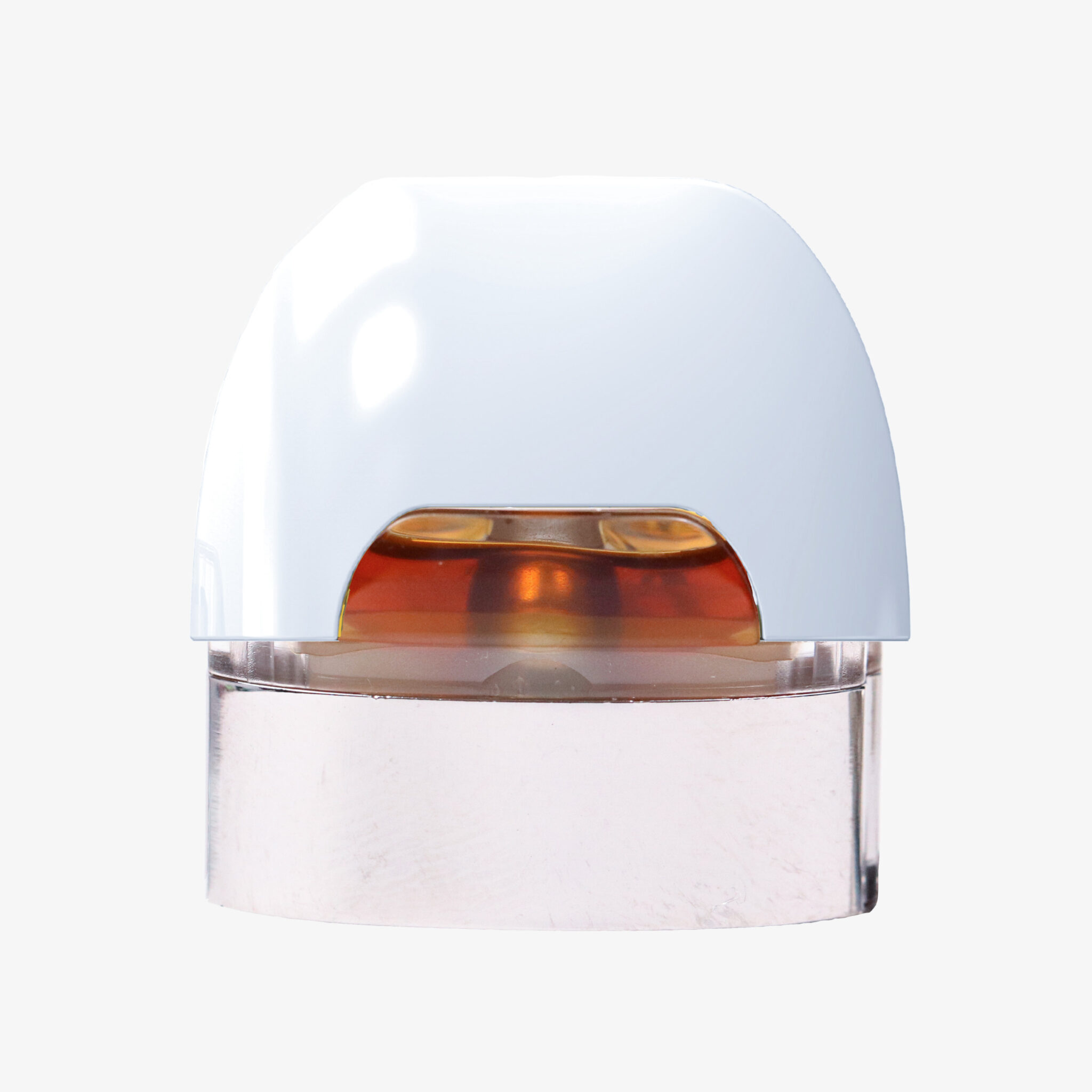
As the length of the night gets longer, the plant begins to flower as it heads towards the winter months. In the morning, the sky fills with infrared and red light as the sun rises which tips off the plant that it is daytime. It is the ratio of red to infrared light that best helps plants understand when the sun is setting and rising. Infrared light, which is not visible to the naked eye, lingers briefly even after the sun goes down. This is in part because red has the longest wavelength of visible light. The specific types of light that the plant receives at these times helps dictate its growth and indoor growers will mimic and modify these light schedules for optimal growth.įor example, red (600nm-700nm on the electromagnetic spectrum) and infrared light (700nm-1100nm) help plants get a sense of time and know when it’s day or night. Many plants - cannabis included - traditionally begin growing in the spring and flower later in the summer. Outside, the plants receive different types of light depending on time of day, season, and the location of the grow and as such, cannabis has natural responses to these cycles. There are also infrared and ultraviolet lights, which are not visible to the human eye.
#Gak smoovie leafly full#
If you’ve ever seen a rainbow or light shine through a prism and come out a rainbow of color, you know even seemingly white light features the full color spectrum inside. All the colors we see around are simply different length ‘waves’ on the electromagnetic spectrum, measured in nanometers. How and why are growers controlling light? To fully understand this, we first need to discuss the light spectrum, this being the full range of light waves, both visible and invisible, that help cannabis grow. However, due to its illicit nature and uncontrollable growing environments outdoors, growing cannabis indoors became the go-to method and it has remained that way into the legalized market in large part due to the ability to control the environment - especially light. For most of history, everybody grew their weed with the same exact light source: the sun. Specifically, this week we’re bringing you an introduction to light cycles and the light spectrum’s impact on cannabis growth.


Now that summer is here and the sun is out, it’s a perfect time to talk about one of the stars of cannabis cultivation: light.


 0 kommentar(er)
0 kommentar(er)
